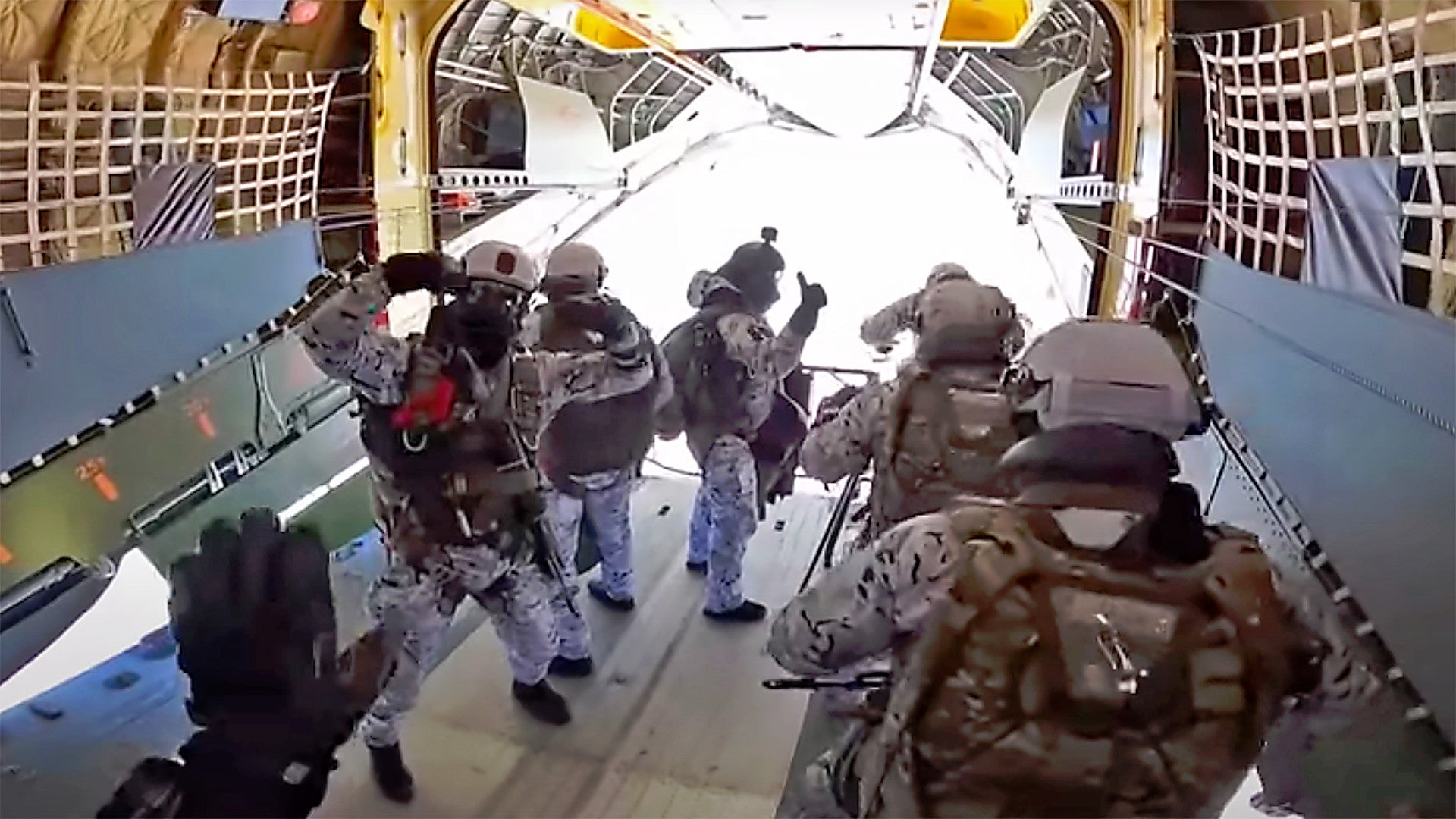A task force of Russian special operators and paratroopers recently conducted an unprecedented high-altitude airborne training exercise in the Arctic, with some personnel jumping from Il-76 Candid transport aircraft flying at close to 33,000 feet. This is is yet another high-profile demonstration of Russia’s steadily growing capabilities in this ever-more strategic region and showed off its ability to quickly send special operations forces there or anywhere else.
The three-day exercise took place last week on Alexandra Land, an island in Russia’s Franz Josef Land archipelago, which sits on the Arctic Ocean well above the Arctic Circle. Russian special operations forces, often referred to collectively as spetsnaz, from both the military Special Operations Forces Command and the Federal Security Service’s Special Purpose Center, took part in the event, together with Russian Army paratroopers. The drill itself included troops setting up a base camp once on the ground, conducting reconnaissance patrols using snowmobiles and drones, and launching a raid on a mock camp filled with “saboteurs,” a term Russia often applies to terrorist cells or other small groups of hostile actors, including enemy special operations teams.
“Today, for the first time in world history, we conducted a group landing of personnel with special parachute systems in Arctic conditions from a height of 10,000 meters [~32,808 feet] using oxygen equipment followed by combat training missions.” Russian Deputy Defense Minister Lieutenant General Yanus-Bek Yevkurov, who was on hand of the exercise, said. “Nobody has done such a thing before us.”
The Russian Ministry of Defense, as well as its official television station, TV Zvezda, have since released video footage of the exercise, including personnel jumping out of the Il-76s, landing on the frigid terrain below, and conducting various types of operations. This includes the aforementioned raid, in which snowmobiles towed sleds full of special operators and paratroopers, gun blazing, toward the saboteur’s camp.


In one particular clip, seen in Tweets below, which TV Zvezda broadcast as part of its daily news programming, personnel are seen shooting blanks in what appears to be all directions – one individual is seen firing a pistol straight up in the air – as they get close to the objective. This footage is notably absent from the b-roll that the military television channel, as well as the Ministry of Defense, released separately online.
The footage also shows DT-30PM heavy tracked transport vehicles, which are specifically intended for operations in the Arctic and on other rugged terrain. Russia has even acquired specialized surface-to-air missile systems based on these vehicles for its Arctic forces. These are not air-droppable, meaning that they linked up with the special operators and airborne troops once they touched down.
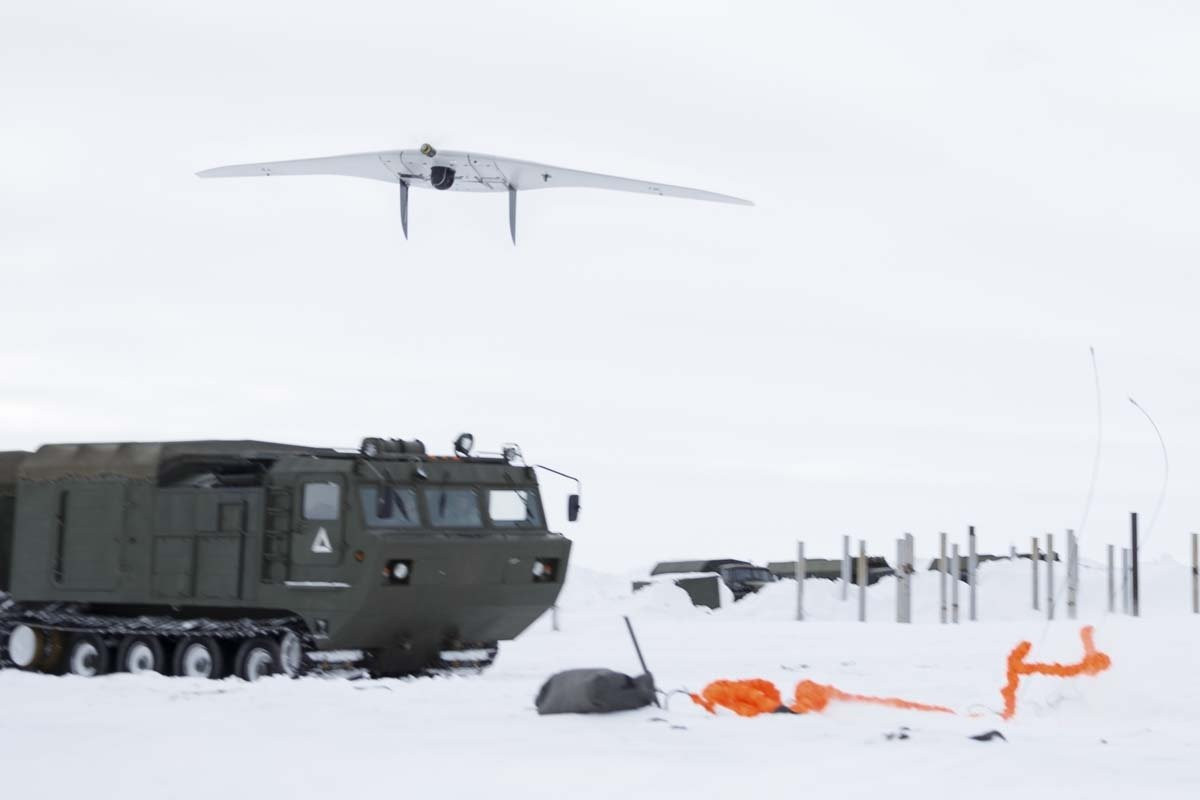
The participants represent some of the most elite elements of the Russian security forces, as well. The Special Operations Forces Command reports directly to the Russian Ministry of Defense and its units, commonly referred to by the acronym SSO, are routinely deployed for foreign interventions, such as in Syria, and other highly sensitive operations. The Federal Security Service, or FSB, was one of the agencies to succeed the Soviet-era KGB intelligence agency, and the units assigned to the Special Purpose Center, or TsSN, are often described as analogous to American so-called “Tier One” units, such as the U.S. Army’s Delta Force or the U.S. Navy’s SEAL Team Six. Russia’s airborne forces, or VDV, are among the best trained and equipped elements of the country’s army.
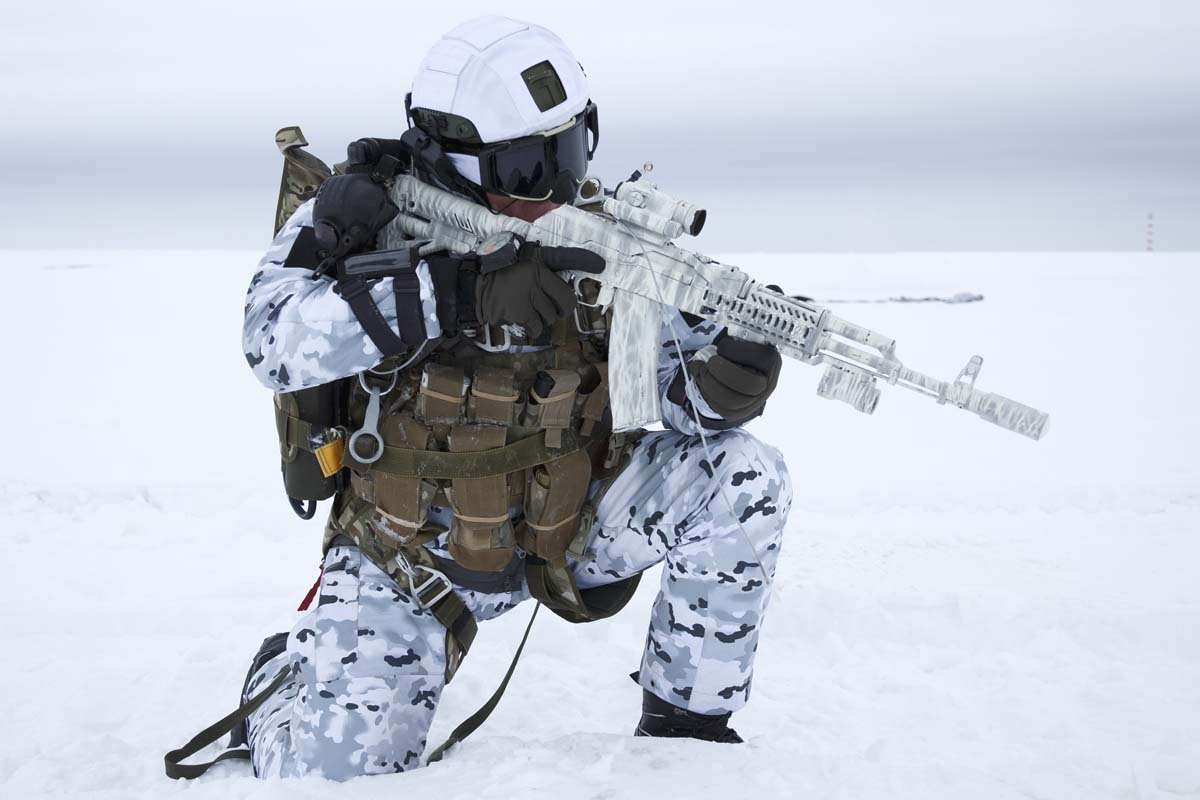
The entire exercise was clearly meant to demonstrate Russia’s ability to rapidly respond to crises, including the sudden detection of a small group of hostile special operations forces, or intelligence suggesting their precense, somewhere in the Arctic. Since 2014, Russian military forces have also conducted a number of similarly high-profile airborne exercises in the general vicinity of the North Pole as part of the country’s expanding focus on Arctic operations.
In that same time frame, the Kremlin has embarked on various programs to expand bases and other military infrastructure in its far north regions and acquire specialized weapon systems and other equipment to support those activities. For years now, global climate change has been causing the polar ice caps to recede and leading to similar drops in seasonal ice coverage, opening the Arctic to both increased activity and competition.
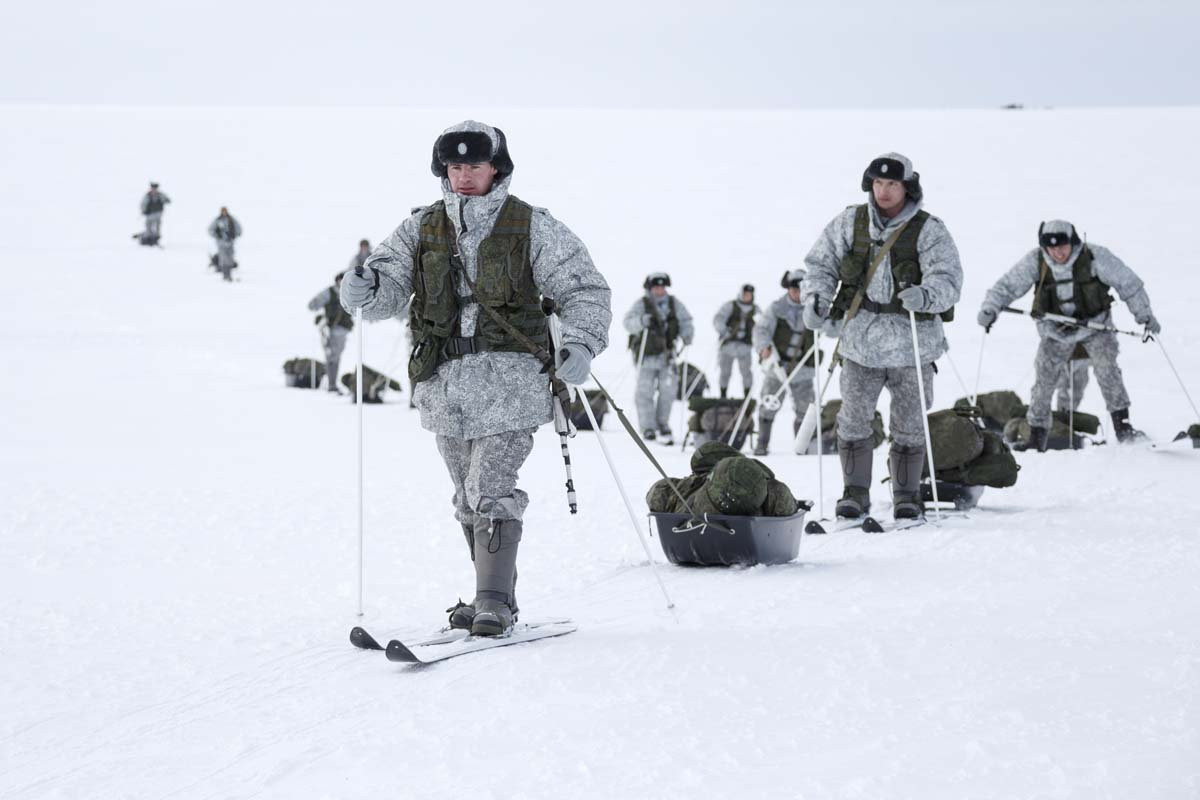
Alexandra Land, where this recent airborne exercise took place, is home to the Arctkicheski Trilistnik, or the Arctic Trefoil, a particularly large and self-sufficient new base Russia unveiled in 2017. After the spetsnaz and airborne troops completed their training missions, they went to that facility ahead of leaving the island.

Russia has also used special operations raids as the initial phase of major interventions, including the seizure of Ukraine’s Crimea region in 2014. Similar airborne, as well as airmobile, exercises in areas outside of the Arctic have signaled the country’s continued ability to launch these kinds of operations.
The heavily documented event on Alexandra Land, where a stereotypical “right next to the action” TV Zvezda reporter was there waiting on the ground as some personnel parachuted into the landing zone, also offered an opportunity to tout the skills of some of the country’s most capable forces, in general.
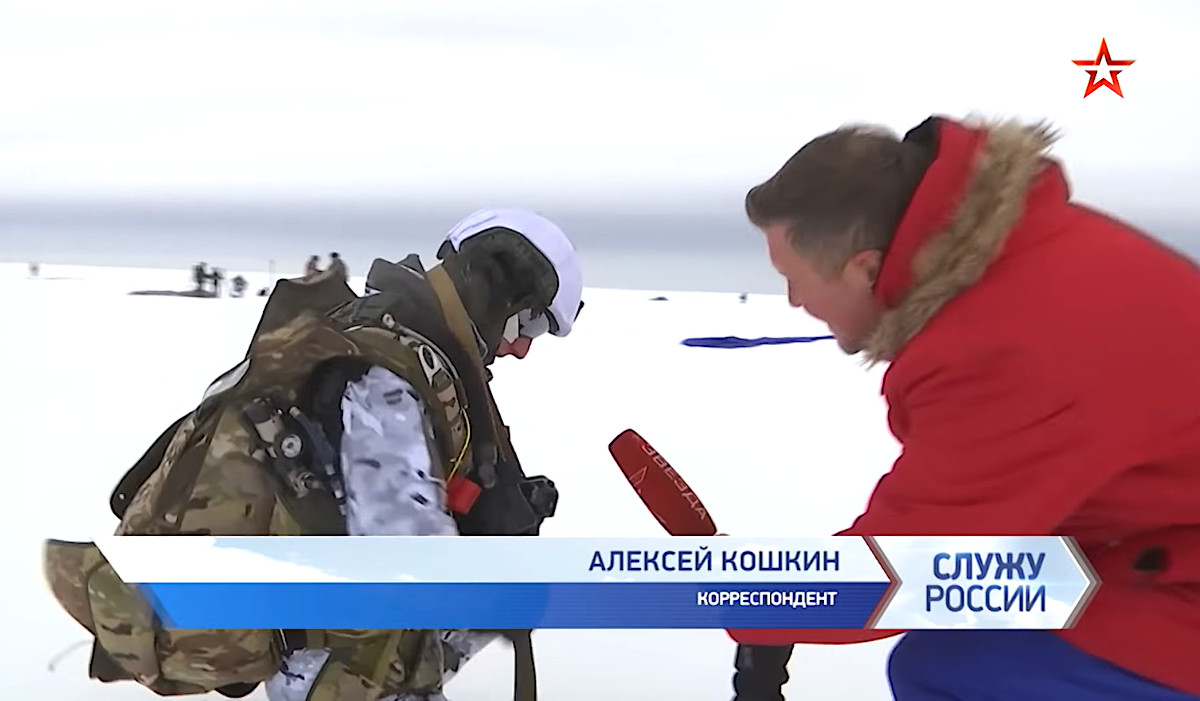
When it comes to the recent exercise in the Arctic, Deputy Defense Minister Yevkurov said that this would not be a one-of-a-kind event. “We will conduct a similar exercise annually, in different regions of the Arctic, with different compositions of the participants involved and at different periods of training,” he explained.
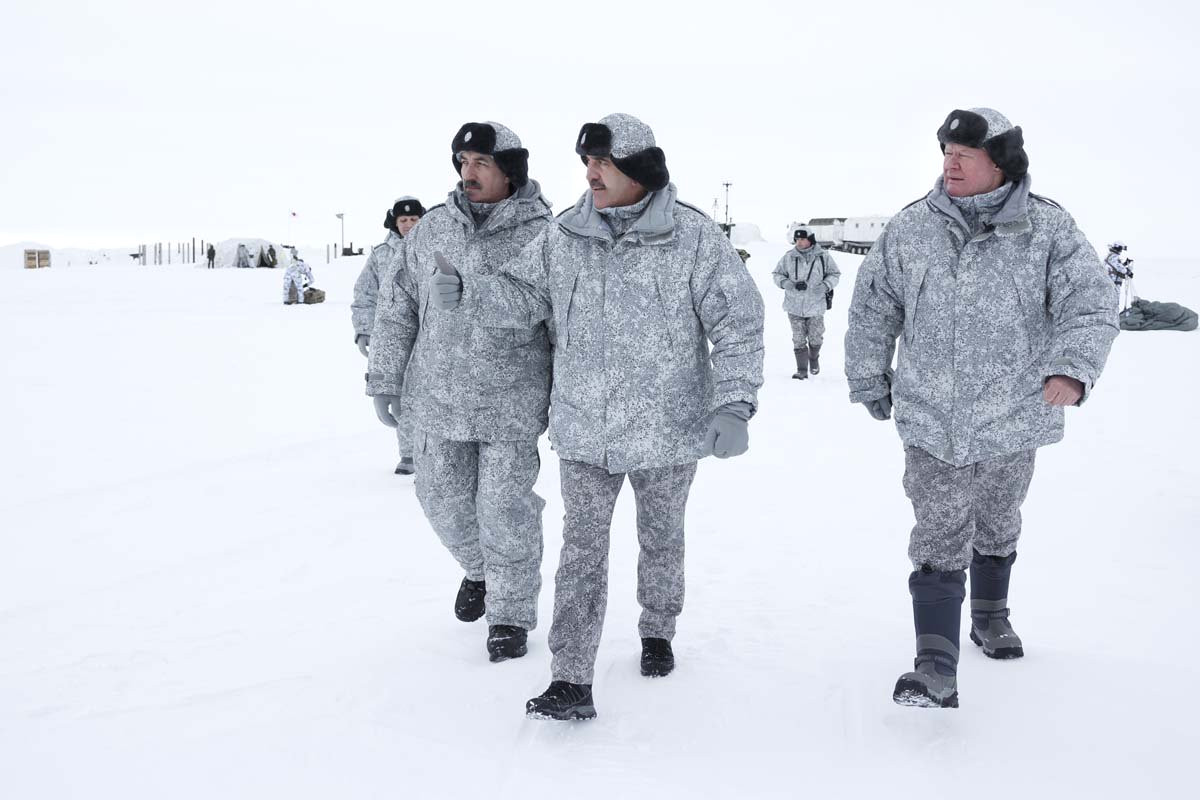
It’s a given that we will only continue to see more Russian military activities, both for operational and training purposes, in the Arctic region. However, it remains to be seen whether the country’s elite troops will conduct more of these unusually high-altitude jumps from altitudes of more than 30,000 feet elsewhere in Russia’s far north.
Contact the author: joe@thedrive.com
